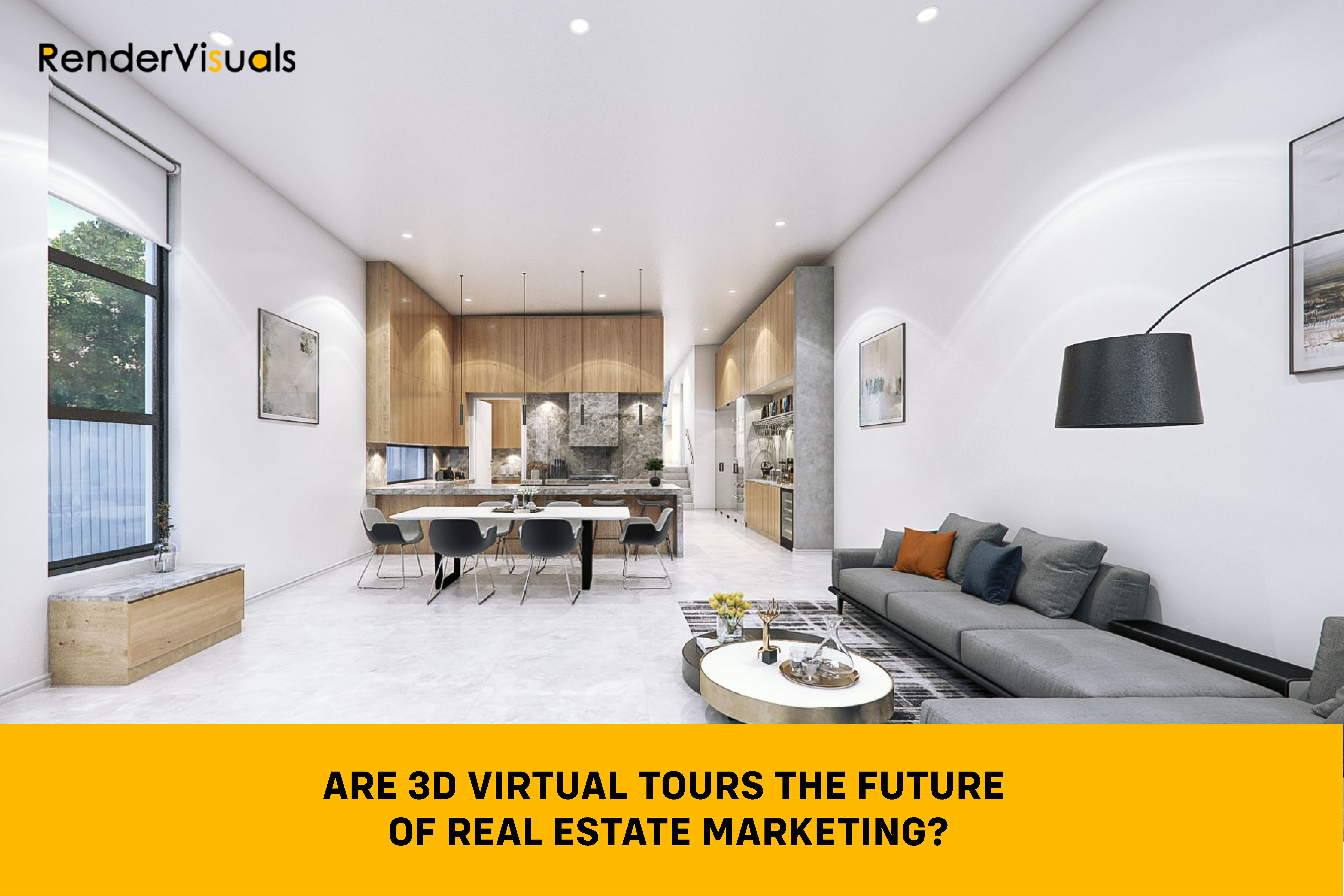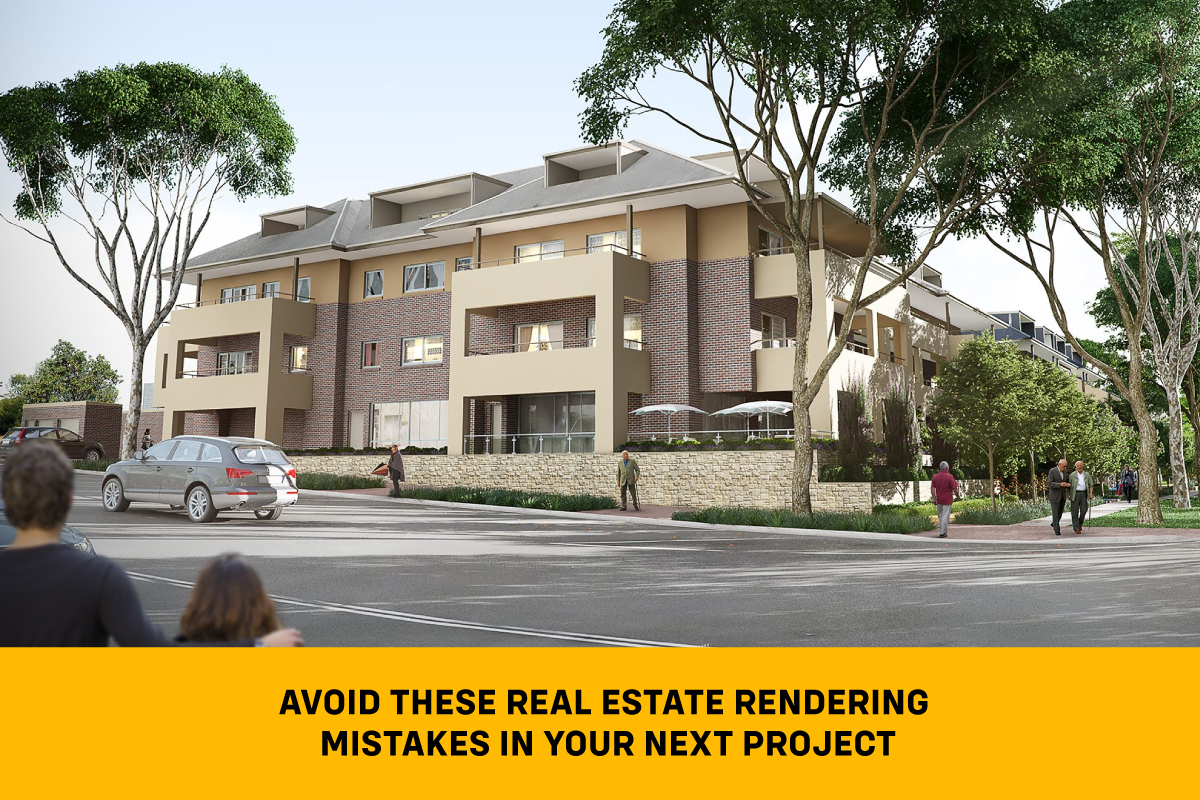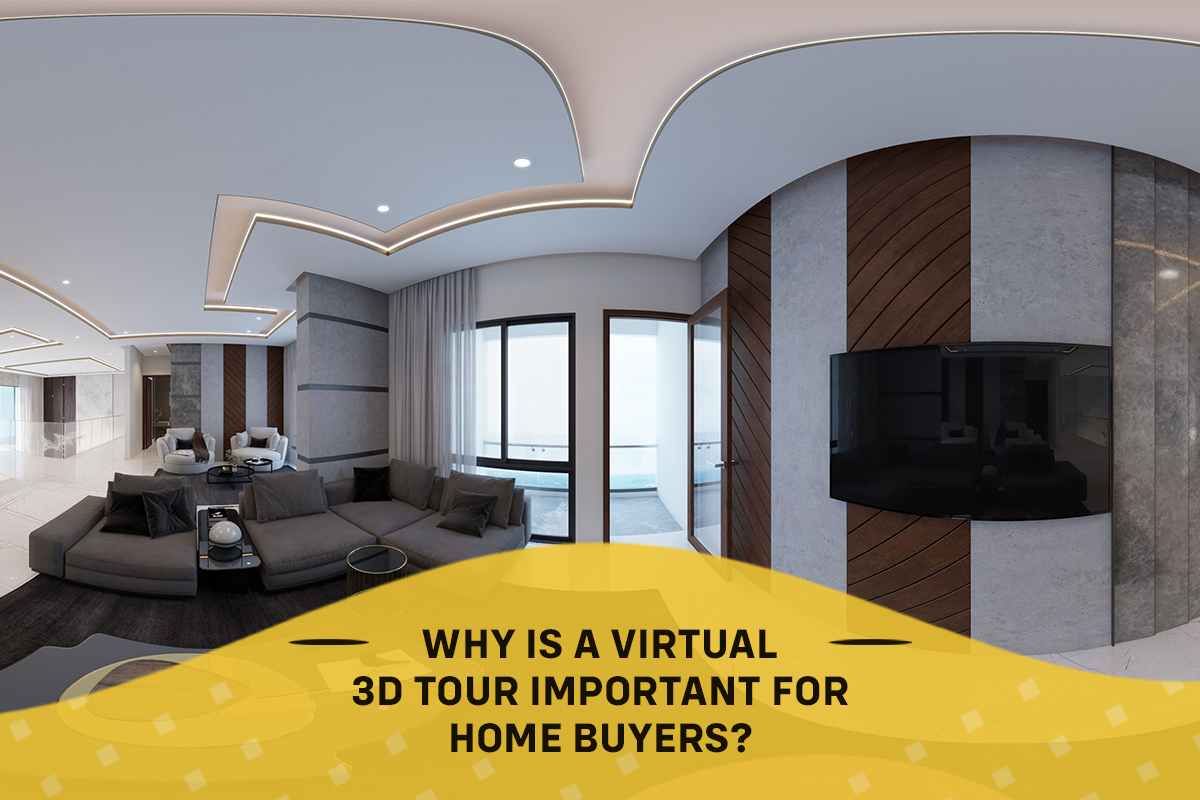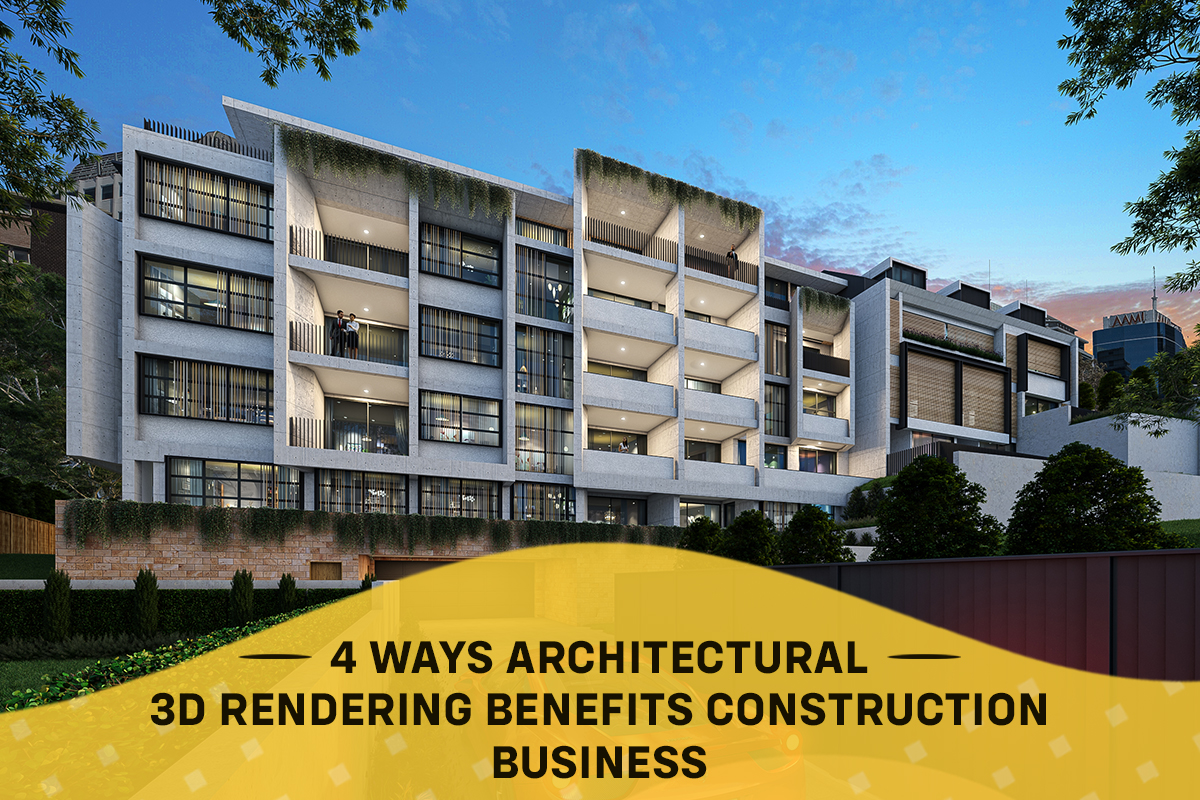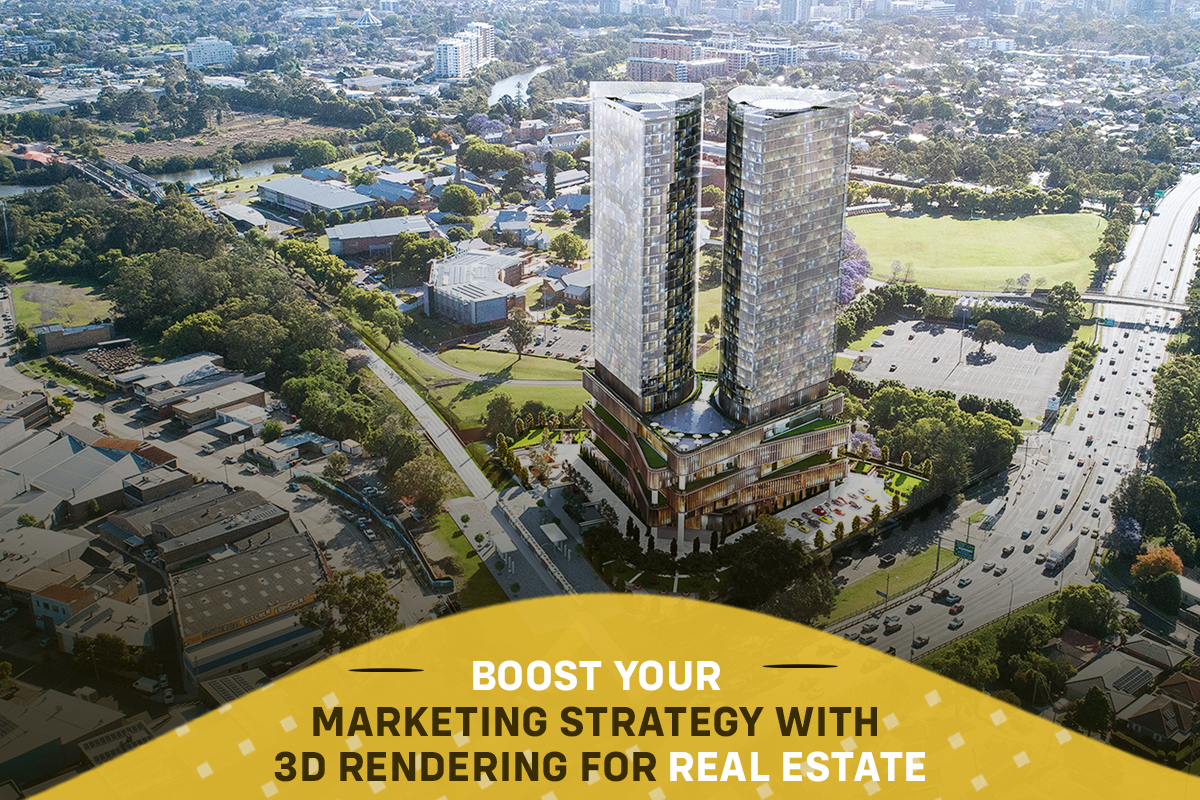With real estate leveraging technology and making properties more adaptive to client requirements, even before they have been fully constructed, realtors are witnessing huge revenue growth and growing clientele. As 3D virtual tours continue to dominate the real estate market with their captivating presentations and life-like simulations, real estate prospects are estimated to reach $80 billion by 2025.
This shows the rate at which reality technologies are positively impacting the real estate market and rooting for spiking growth in the upcoming years. This article will help you understand why VR is here to stay in the real estate market by showing you the applications and benefits of this technology.
Applications and Benefits of 3D Virtual Tours in Real Estate
1. Realistic Experience
VR offers graphical visualizations that provide a virtual experience of how a particular property and its surroundings look without the client visiting the place and taking a tour.
This is not only time-saving and an incredible technological advancement, but it also enables clients to have an immersive experience which is the triggering point for customers to consider buying the place. Gone are the days when realtors had to stage houses for potential buyers, as everything can be executed remotely with the help of VR and 3D exterior rendering services.
Many real estate agencies are offering 3D walkthrough services to enable customers to take virtual tours of a place and even interact with surrounding objects through VR headsets.
This experience allows clients to inspect every little detail inside the house, the floors used, and the dimensions of the windows and doors, and also gather a sense of the surroundings. This compact visibility can increase a client’s chance of considering an actual visit to a property they would’ve earlier rejected just by looking at a picture!
2. Designing Interior With VR
While realistic technologies like 3D virtual tours and VR are helping realtors promote properties with an edge, these technologies also help interior designers visualize furniture and interior decor pieces within a property where they would look better in a house and design accordingly.
While interior designers find it much easier to design interiors and make spaces cosy and welcoming, realtors too can incorporate this method and stage interiors that are appealing and attract the target audience.
Creating life-like simulations with beautiful interiors can appeal to clients, help them envision what it would be like to move into a cosy and well-decorated place, and streamlines the buyer’s journey. It’s more likely for a client to develop an affinity towards a well-decorated interior than one that makes them stare at blank walls during virtual tours.
3. Assisting Real-Estate Growth
VR has helped real estate agents achieve milestones and shows promising growth in the next few years. However, it’s not only the realtors who can benefit from 3D renders, and VR representations help immensely in real estate development as well.
VR tools help in the construction, architecting, and design stages that contribute to the development of properties to a great extent. From capturing dimensions and creating floor plans to interior design staging, developers can look at 3D walkthrough projects and deliver better.
Also Read : Why Is a Virtual 3D Tour Important for Home Buyers?
Grow Your Real Estate Market With 3D Virtual Tours!
Real estate is a saturated market with intense competition at all times. Hence, adopting the best marketing strategies and tools is imperative to acquiring quality clientele.
It does not matter whether you are a small-town realtor or in the realtor business with thousands of clients, 3D virtual tours are here to stay and help real estate professionals scale heights in their careers.
If you are looking for an experienced agency that offers state-of-the-art VR services and 3D virtual tours, check out the Render Visuals website to learn more.

